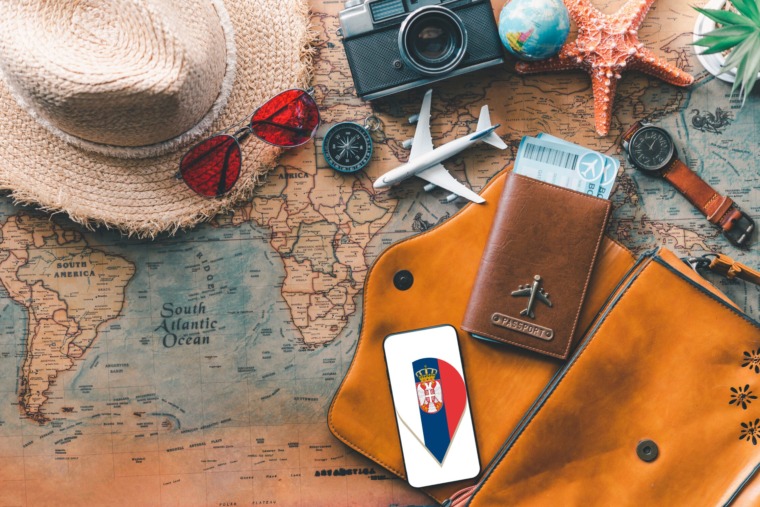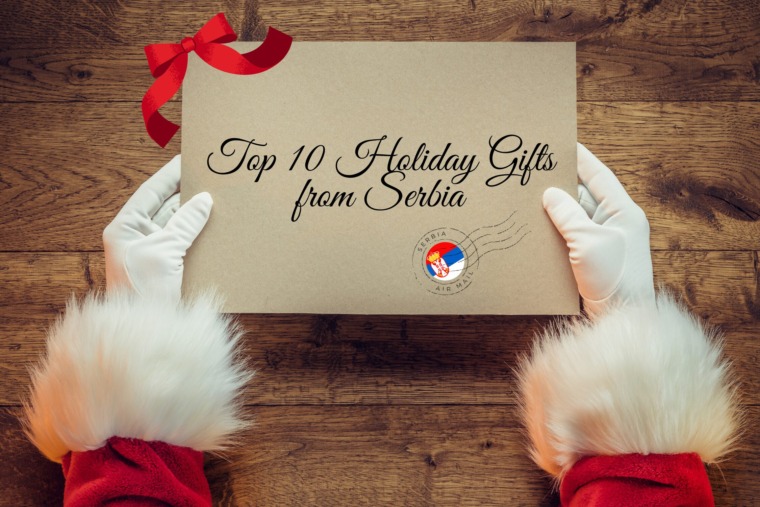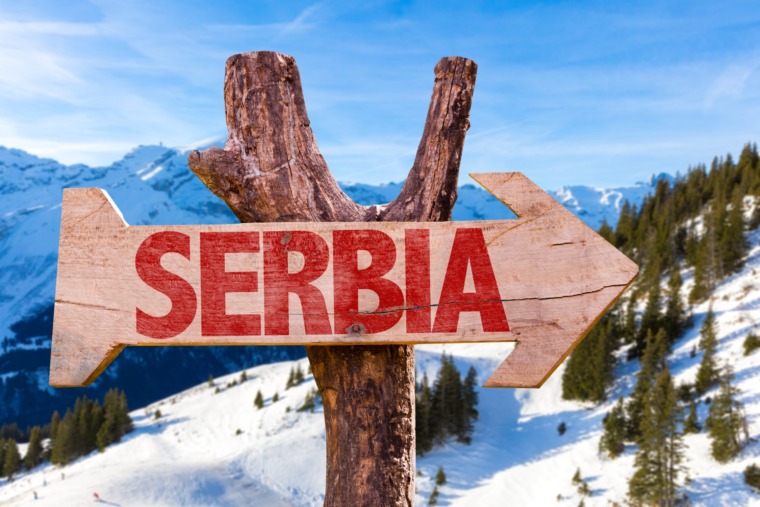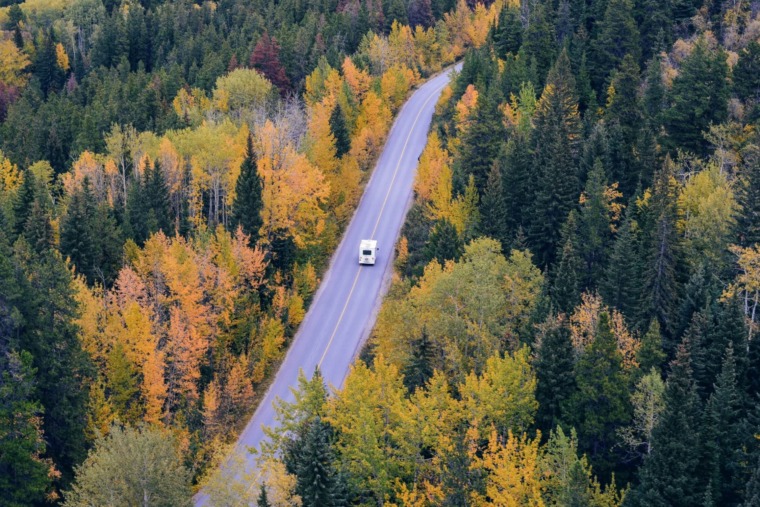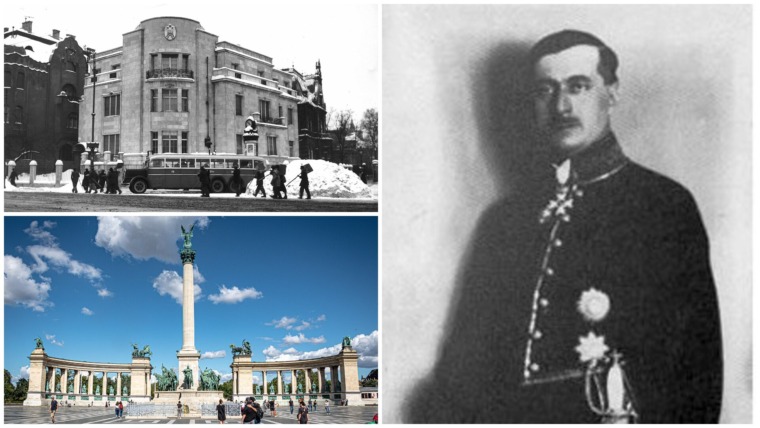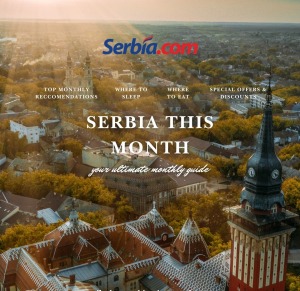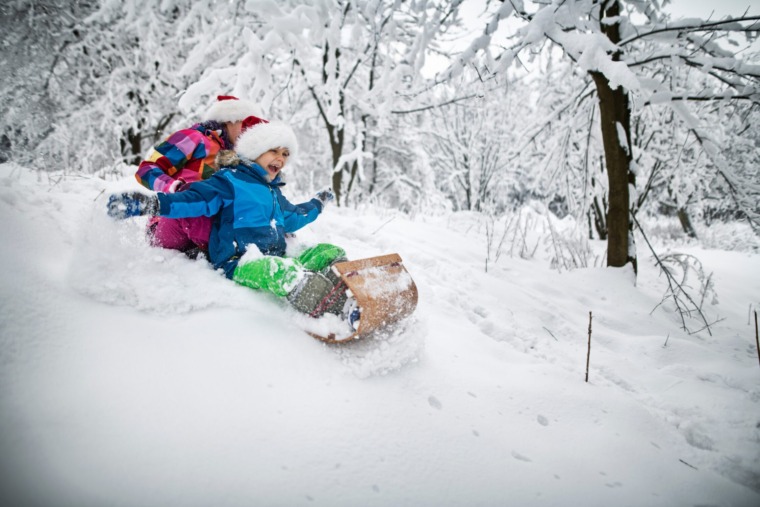
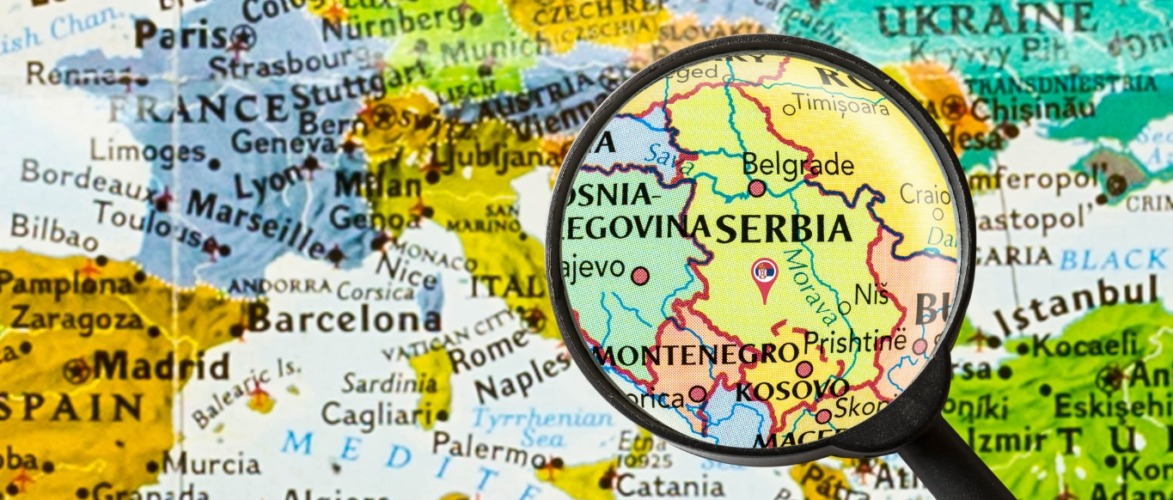
Serbia – small in size, immense in spirit. At the crossroads of cultures, this Balkan country is known for its rich history, fierce hospitality, bold flavors, and untamed nature. If you want to know what makes Serbia truly special, here are the top things you must know—plus tips on where to experience each one.
1. Legendary Hospitality – Where Guests Are Treated Like Family
Serbians are known for welcoming guests as if they were family. It’s not just politeness—it’s a way of life. Expect warm smiles, homemade food, and stories over drinks.

👉 Where to experience it:
Stay in a traditional village household in Drvengrad (Mokra Gora), Rudno, or Vrmdža. Book a rural homestay or visit during a local festival—chances are, you’ll end up singing with locals and eating like royalty.
2. Unforgettable Food – Flavors That Stay with You
Serbian food is hearty, flavorful, and deeply rooted in tradition. From roasted meats and slow-cooked stews to fresh cheese and sweet pastries, every bite tells a story.
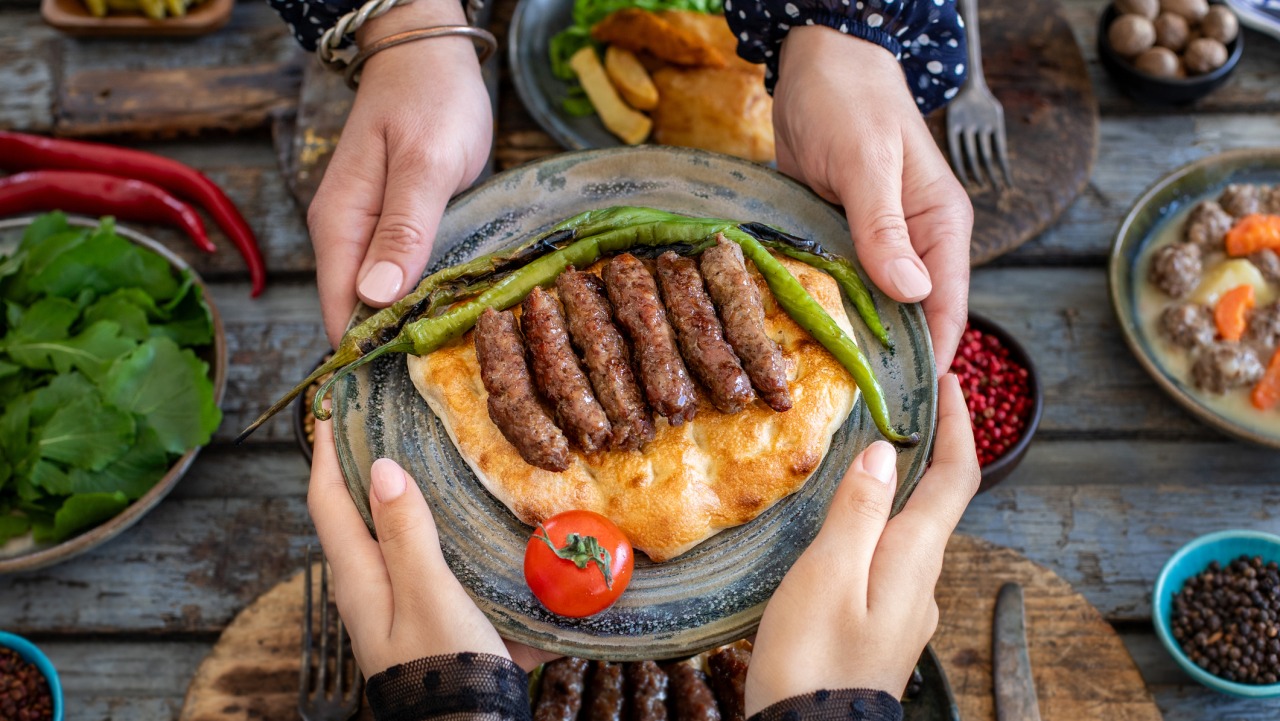
👉 Where to try it:
Head to kafanas (traditional taverns) in Belgrade’s Skadarlija, Niš’s Kazandžijsko Sokače, or Novi Sad’s Dunavska Street. For homemade specialties, visit ethno-villages or stop by family-owned restaurants in small towns.
3. Rakija – More Than a Drink
Rakija, the fruit brandy of Serbia, especially plum rakija (šljivovica), is a national treasure. It’s served at weddings, holidays, and even funerals.

👉 Where to try it:
Visit Rakija Bar in Belgrade for variety, or tour a local distillery in Oplenac, Kosjerić, or Prijepolje. If invited to someone’s home, say yes to a toast—it’s often homemade and incredibly strong.
4. Breathtaking Nature – Untamed and Wild
Serbia’s nature is surprisingly diverse: from deep canyons and dense forests to peaceful lakes and mysterious mountains.
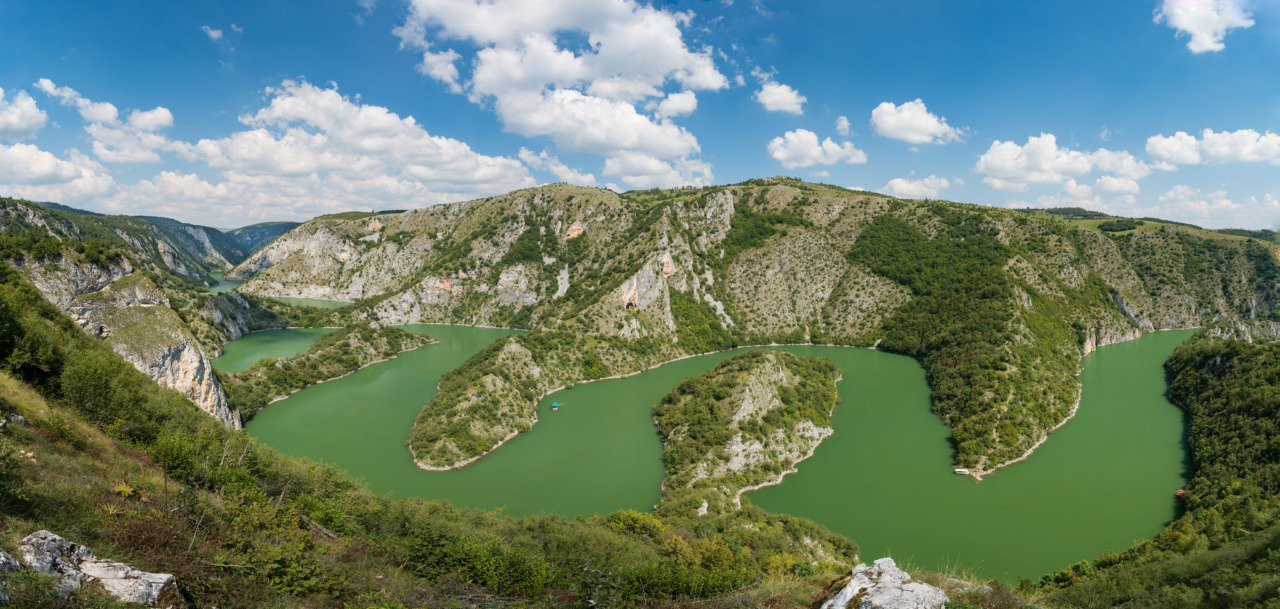
👉 Where to go:
Explore Uvac Canyon for incredible viewpoints (especially from Molitva Lookout), hike Rtanj Mountain for a mystical experience, or unwind in Tara National Park. For a hidden gem, try Taor Springs or Vrelo Grza.
5. Ancient Monasteries and Spiritual Heritage
Orthodox monasteries are cultural and spiritual anchors in Serbia, many dating back to the Middle Ages.
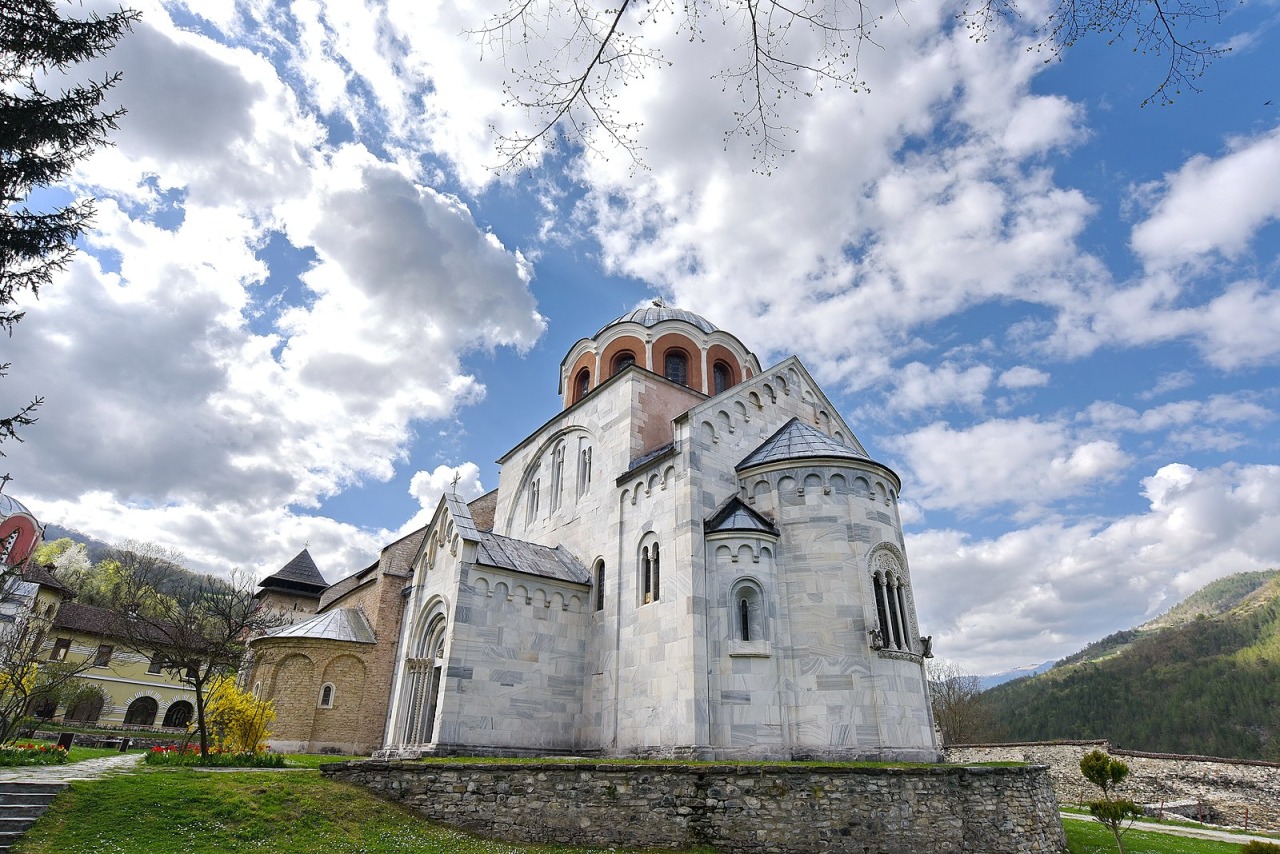
👉 Where to visit:
Start with UNESCO-listed Studenica Monastery near Kraljevo, the vivid frescoes of Sopoćani, or Manasija and Ravanica for medieval fortifications. For a peaceful atmosphere, visit Gradac Monastery in the Raška region.
6. A Nation That Lives for Music
Whether it’s folk tunes, brass bands, or electronic beats, music in Serbia is a way of life.
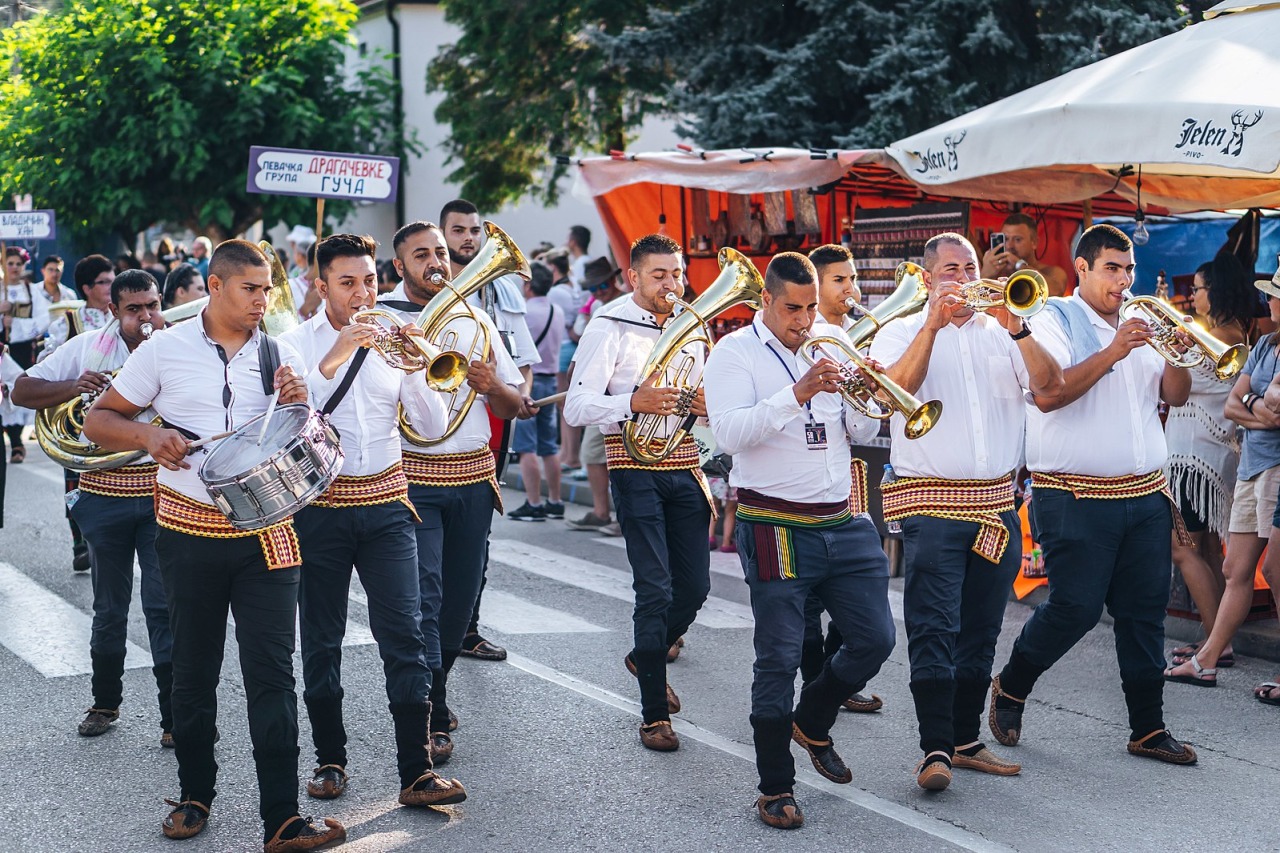
👉 Where to hear it:
Dance to trumpets at the Guča Trumpet Festival, experience jazz at Nišville, or enjoy epic nightlife in Belgrade’s river clubs (splavovi). Traditional music lives in kafanas—join in the singing!
7. Unique Customs and Celebrations
Serbia’s rich traditions are best seen in religious and family customs like Slava, where each family celebrates its patron saint.
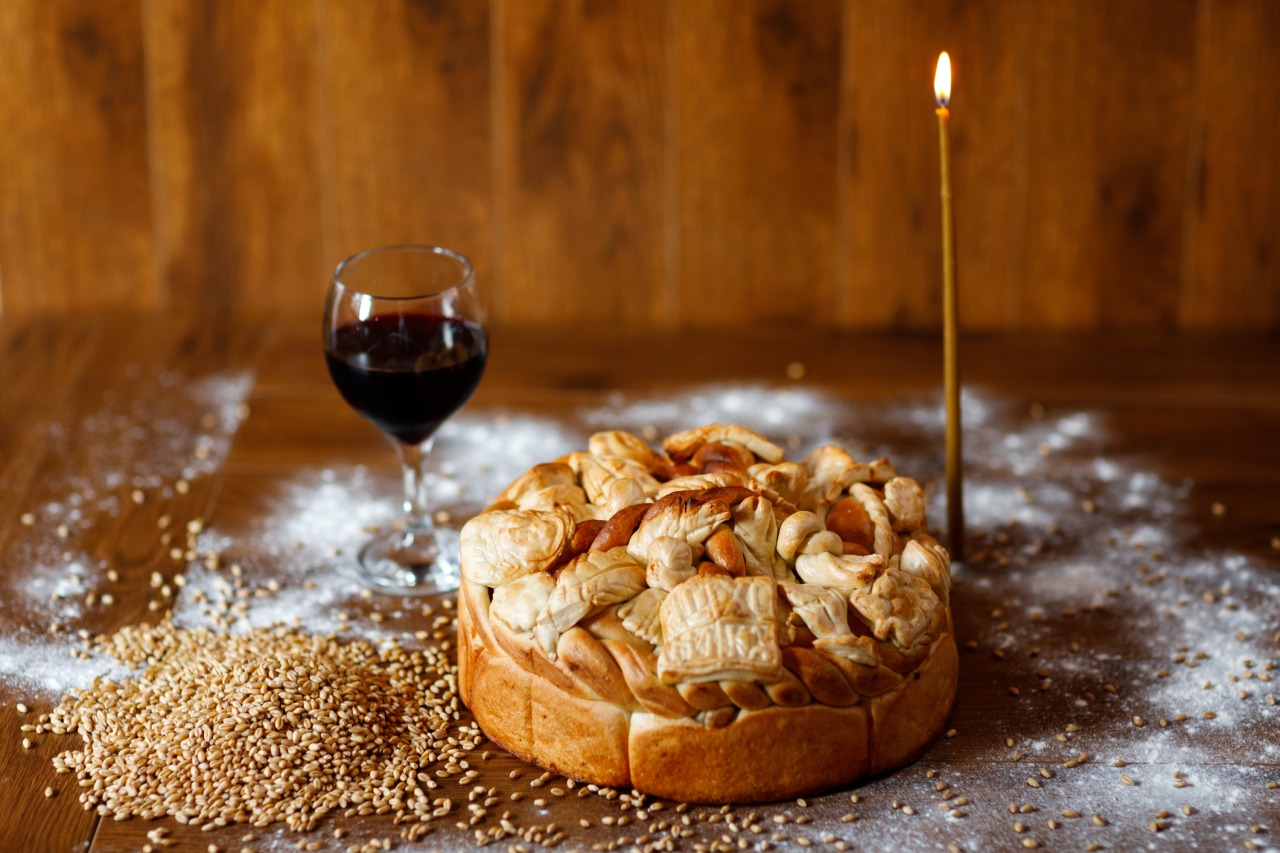
👉 Where to join in:
If invited to a Slava—accept! Otherwise, visit Serbia during Christmas (January 7) or Easter, or attend village celebrations such as Đurđevdan in rural areas. Ethno festivals also showcase these rituals—try Etno Fest in Sirogojno.
8. Sports Legends and National Pride
Serbia has produced some of the world’s top athletes. Sports are deeply ingrained in the national identity.

👉 Where to feel the energy:
Watch a Partizan vs. Red Star football match in Belgrade for raw adrenaline, attend a tennis match during Serbia Open, or catch a water polo or basketball game in Novi Sad or Niš. Locals take their teams seriously!
9. Language and Cyrillic – Symbols of Identity
Serbian is a melodic, expressive language, and the Cyrillic script is a powerful symbol of cultural heritage.

👉 Where to notice it:
Stroll through Belgrade’s Vračar or Niš’s old town to see signs and street names in Cyrillic. Visit bookstores or churches, where the alphabet is proudly displayed. Learn a few Serbian phrases—you’ll earn smiles!
10. Belgrade – A City That Never Sleeps
The capital of Serbia blends grit and charm, old and new, calm and chaos—24 hours a day.
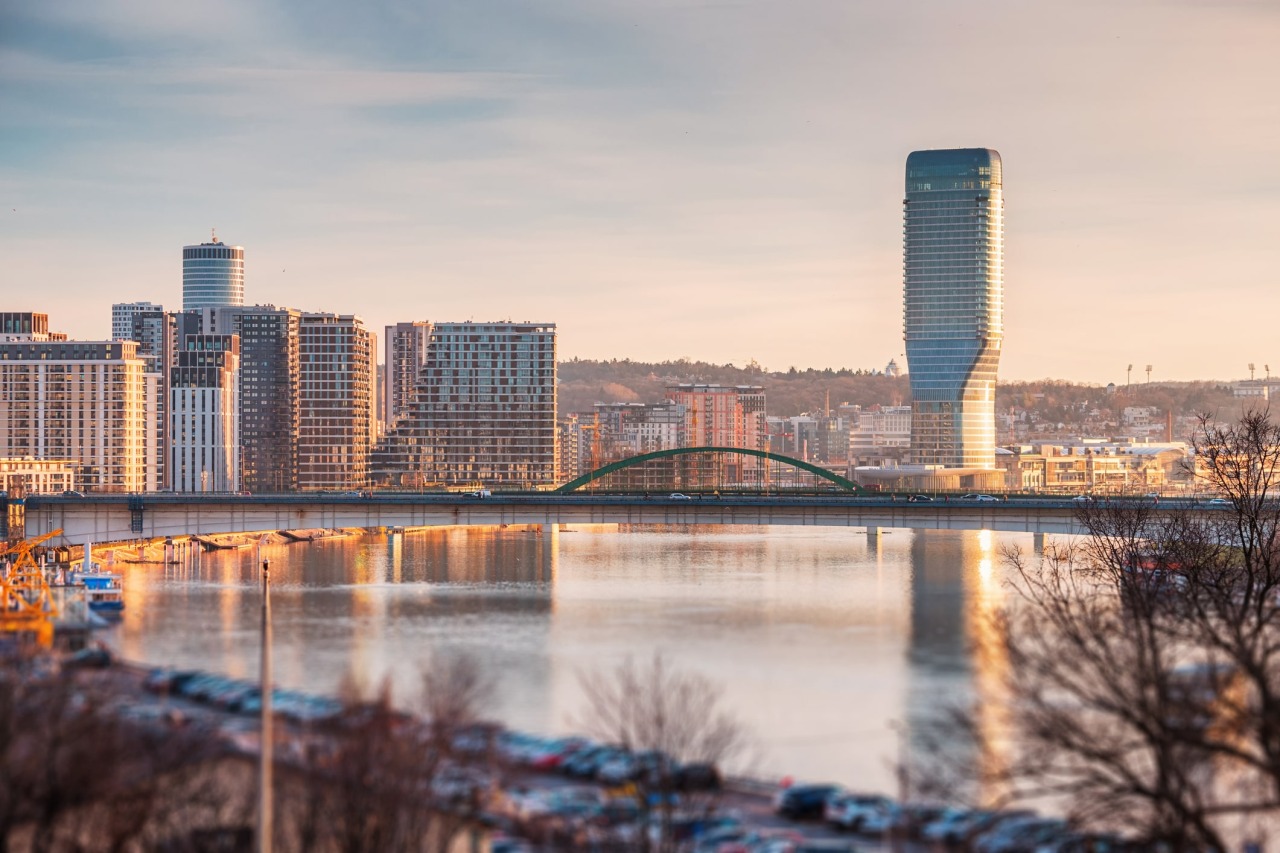
👉 What to do:
Explore Kalemegdan Fortress, stroll along Knez Mihailova, enjoy coffee in Dorćol, and party on the Sava and Danube splavovi. Want the local feel? Visit a kafana in Zemun or a street market in Zeleni Venac.
Serbia Isn’t Just Seen—It’s Lived
What Serbia is known for can’t be captured in a brochure. It’s in the smell of ajvar being cooked in autumn, in the sound of trumpets at dawn, in the warmth of strangers who become friends. Come for the landmarks—but stay for the feeling that lingers long after you leave.
Related Articles

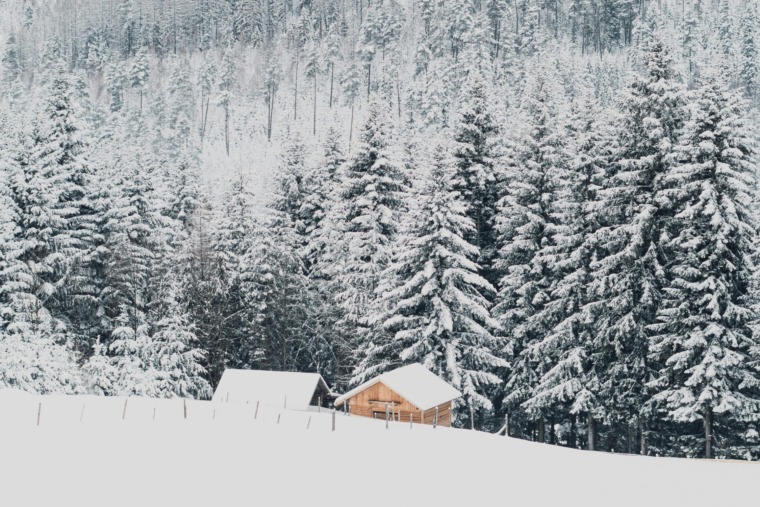
Winter Starts Here: Serbia’s Magical December
December 1, 2025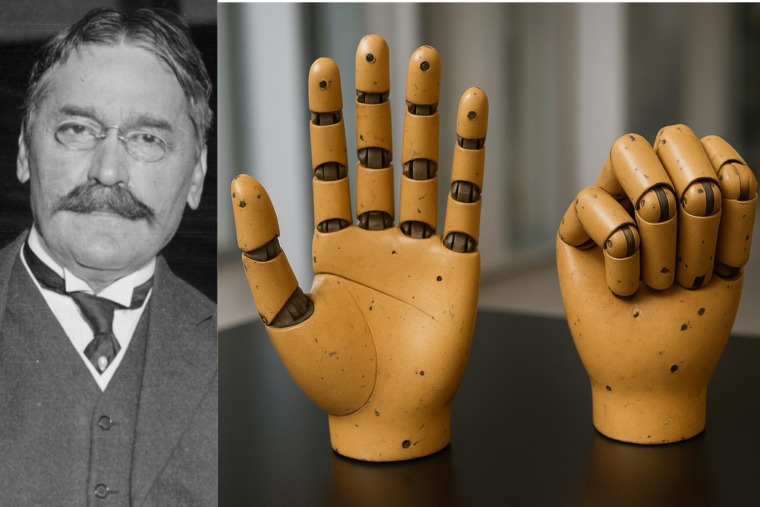
The Belgrade Hand: A Bionic Pioneer from Serbia
November 27, 2025